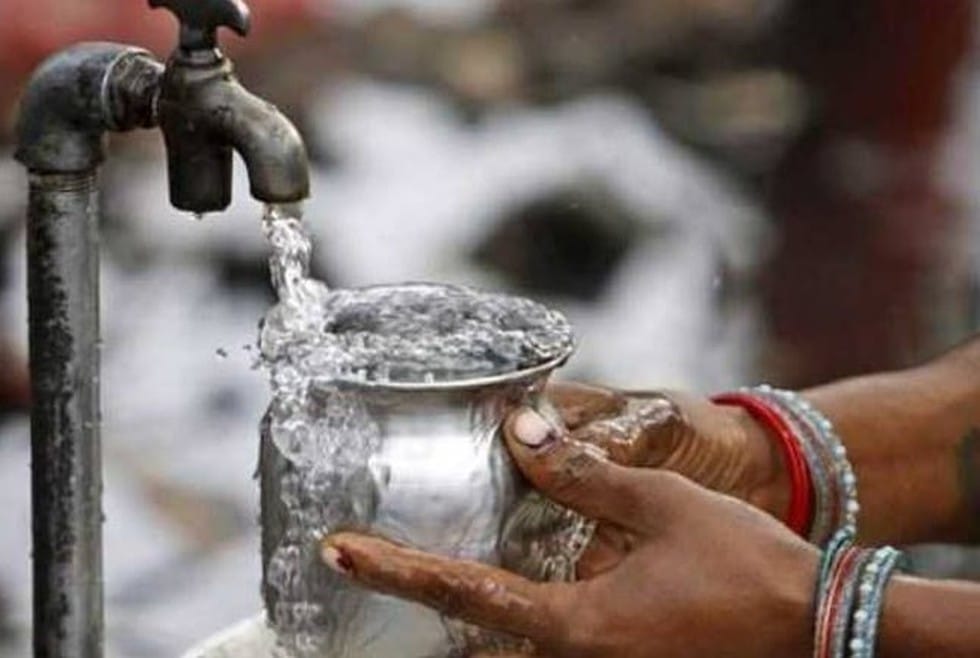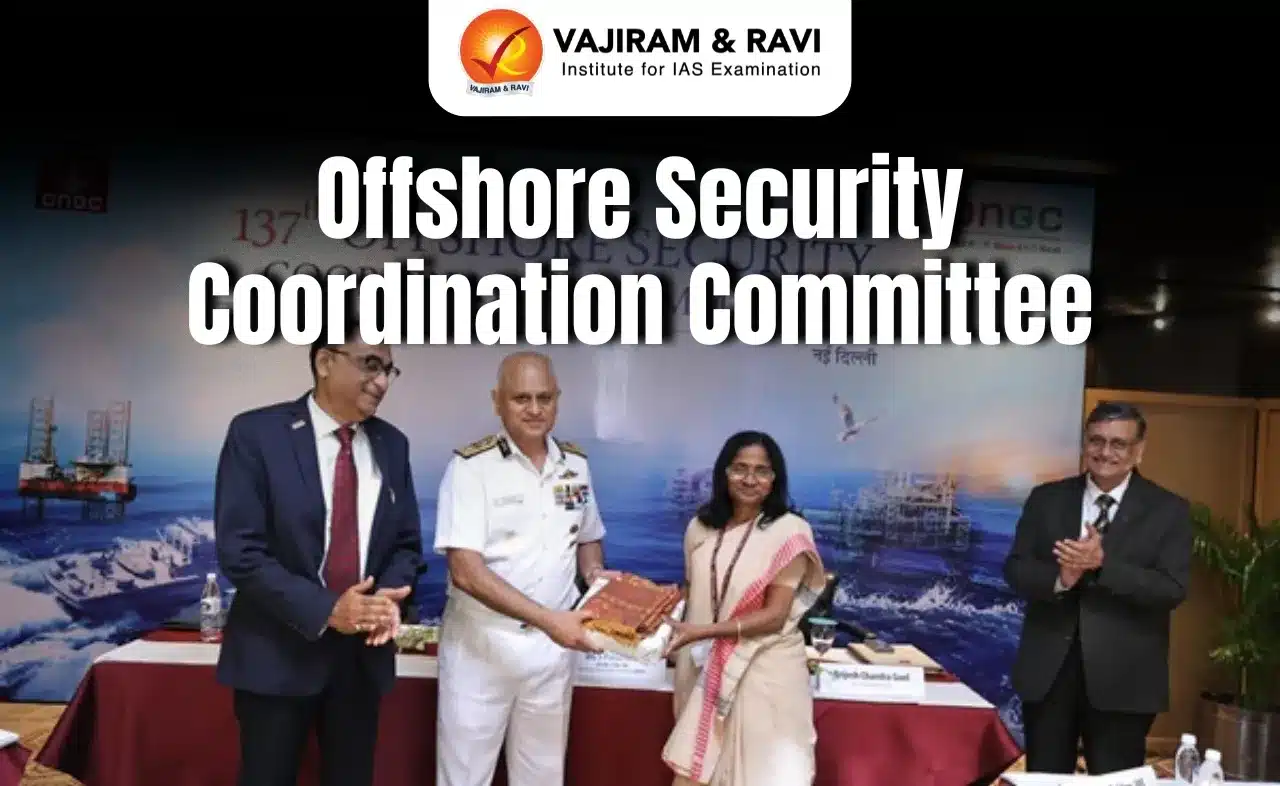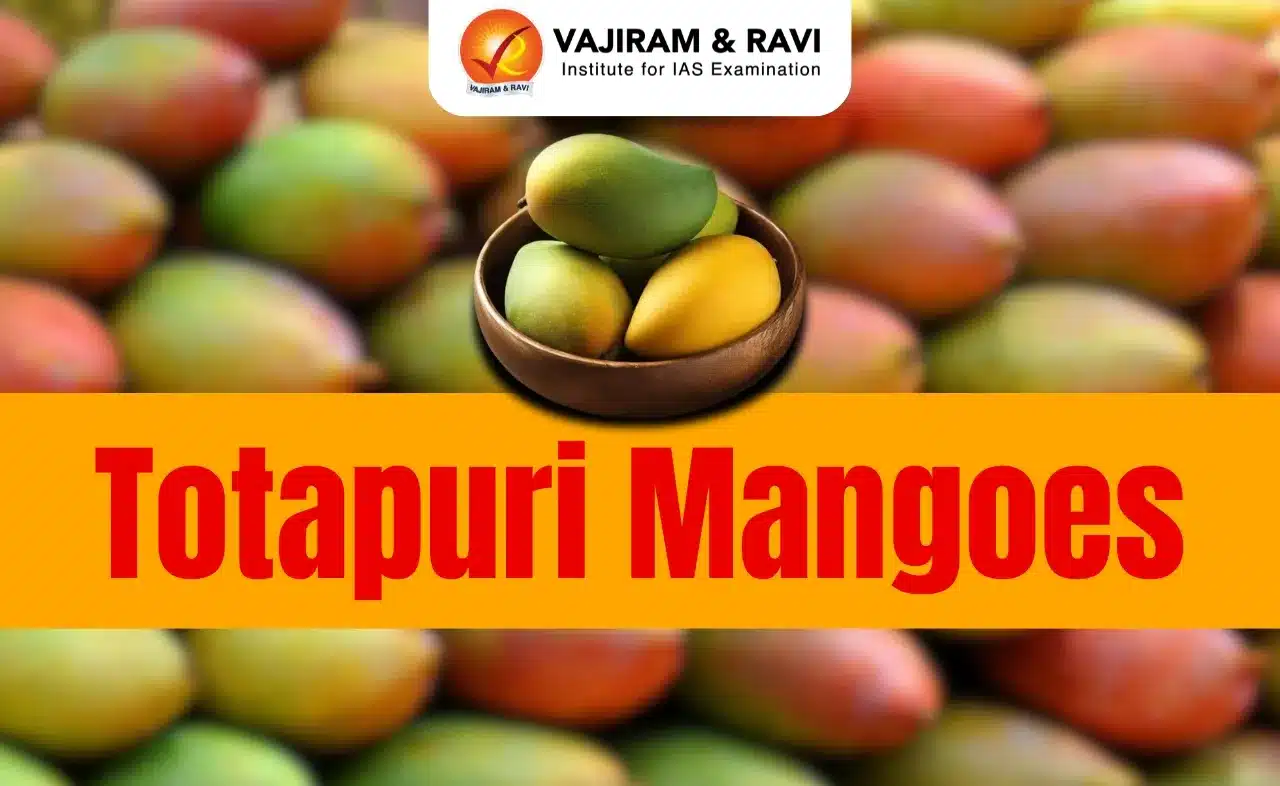About Jal Jeevan Mission:
- Mission Objective:To ensure HarGharJal (piped water supply) to all rural households by 2024 under the Jal Jeevan Mission.
- Executing agency:Department of Drinking Water and Sanitation under the Jal Shakti Mantralaya.
- Strategy:
- This Mission will focus on integrated demand and supply side management of water at the local level, including creation of local infrastructure for source sustainability like rainwater harvesting, groundwater recharge and management of household wastewater for reuse in agriculture.
- The Mission will converge with other Central and State Government Schemes to achieve its objectives of sustainable water supply management across the country.
- Funding Pattern:
- The fund sharing pattern is in the proportion of:
- 50:50 between Centre and States,
- 90:10 for Himalayan and North-Eastern States.
In case of UTs, 100% funding is provided by the Central government.
Source : PIB
Last updated on June, 2025
→ UPSC Notification 2025 was released on 22nd January 2025.
→ UPSC Prelims Result 2025 is out now for the CSE held on 25 May 2025.
→ UPSC Prelims Question Paper 2025 and Unofficial Prelims Answer Key 2025 are available now.
→ UPSC Calendar 2026 is released on 15th May, 2025.
→ The UPSC Vacancy 2025 were released 1129, out of which 979 were for UPSC CSE and remaining 150 are for UPSC IFoS.
→ UPSC Mains 2025 will be conducted on 22nd August 2025.
→ UPSC Prelims 2026 will be conducted on 24th May, 2026 & UPSC Mains 2026 will be conducted on 21st August 2026.
→ The UPSC Selection Process is of 3 stages-Prelims, Mains and Interview.
→ UPSC Result 2024 is released with latest UPSC Marksheet 2024. Check Now!
→ UPSC Toppers List 2024 is released now. Shakti Dubey is UPSC AIR 1 2024 Topper.
→ Also check Best IAS Coaching in Delhi






















